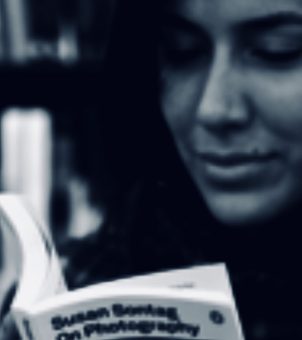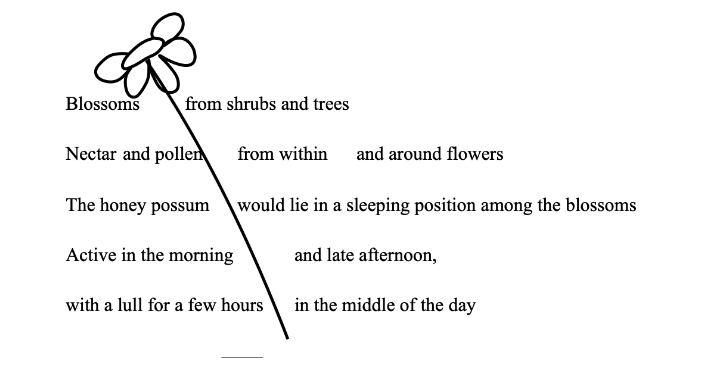Pollinators and Poetry
In the fall of 2019, students and faculty began transforming a little-used section of Brownell Talbot’s campus: an overgrown strand of crabapple and ornamental pear trees was slated to become a project of habitat restoration featuring shrubs, grasses, and wildflowers native to eastern Nebraska and favored by an array of threatened pollinator and migratory songbird species.
It’s taken a couple of years, but this fall over a dozen species of native flowers and grasses blossomed on the site and have been visited frequently by important pollinator species like swallowtail and monarch butterflies, bumblebees, hoverflies, and hawk moths. Some of the remaining flora in the area, especially an over-productive apple tree that results in an abundance of rotting fruit, attract aggressive species like yellow jackets—so those with allergies should approach with caution. But within the site itself, most of the species mind their own business and are easily viewable.
Below is a slide show of some of the flowers and grasses that bloomed this season.
Hopefully in the coming years as more native seeding occurs the foliage will expand even further, creating a distinctive habitat for a greater number of pollinator species on the BT campus.
To accompany the pollinator site this fall, Dr. Low’s English 9 classes worked on an assignment where they were to construct a piece of writing known as found poetry. Found poetry is the act of taking non-poetic text and rendering it into a style and structure of poetry. His students were given the theme of “pollinators” to reference when searching for academic articles for their found poetry. Each student chose a pollinator to find an article on using the jstor.org, an academic database that BT subscribes to through the Upper School Library. Everyone had their own process when it came to making their own found poem, some taking the text and just cutting it up until it became their own, or some completely just summarizing and reforming the text. The results were a creative array of found poems, a selection of which you can read below:
To visit the pollinator site yourself, take a stroll past the outdoor classroom until you see the blooming wildflowers. In the coming months the site will transition more to a migratory bird habitat for the winter and spring months, with a few feeders hanging from the trees and the dried vegetation a refuge for songbirds on cold nights. Look for more stories in the future on the evolution of this site, and if you’re interested in birds or pollinators, reach out to Dr. Low and ask how you can help!




























